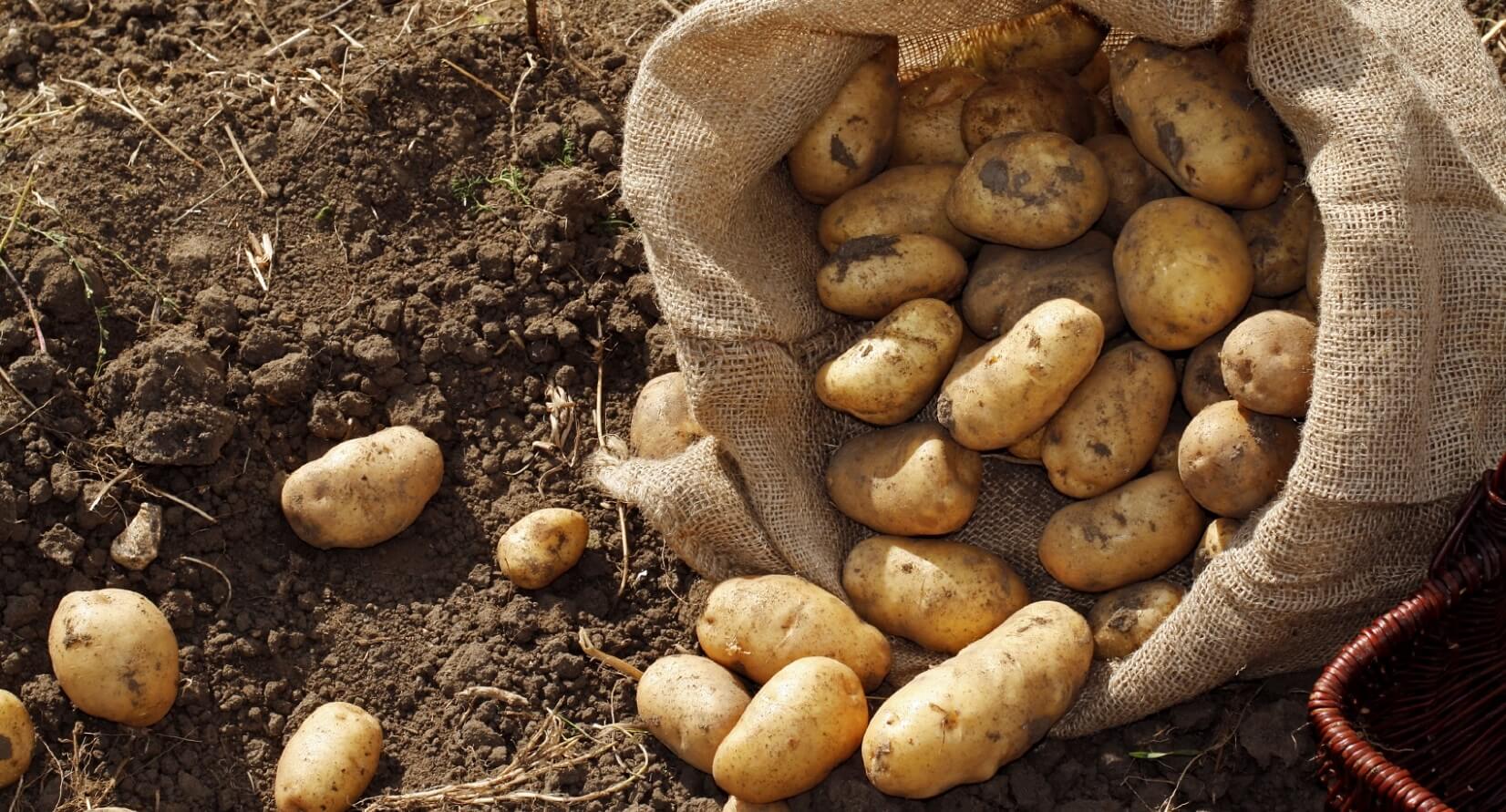
With summer coming to a close and autumn fast approaching, many farmers and gardeners are starting to plan and carry out their harvests. To ensure an abundant yield of optimal produce, it’s important to pick fruits and vegetables at the right time, handle them properly during the post-harvest phase, and store them in a way that preserves the nutritional content as much as possible. In this guide, you’ll learn the basics of how and when to harvest the most common summer crops.
Harvesting Times and Tips for Popular Summer Fruits and Vegetables
Due to the wide variety of produce types and cultivars that are typically grown in a well-rounded summer garden, there is no “perfect” time to pick anything. In fact, you’ve probably noticed that many of your plants have already started producing edible goodness. Since harvesting times vary greatly, it’s better to go based on ripeness rather than the exact date or time of season. Here’s a basic list of ideal harvesting conditions for seven of the most popular summer produce types currently being grown at Carpenters Nursery:
• Tomatoes – These are worth mentioning first because it is imperative to harvest these while they’re still orange and let them ripen into a vibrant red after being picked. Picking them after they’ve turned red well leave you with overripe, soggy tomatoes.
• Lettuce – Most varieties reach peak ripeness about 50-75 days after being planted. You can tell when lettuce is coming into maturity, as the colours will become richer, the heads will feel full and firm, and the leaves will be densely packed together.
• Cucumbers – Being that these fruits ripen throughout the summer, and have a bitter, undesirable taste when overripe, you should be picking them gradually as each fruit comes into maturity. Pick them when they meet the expected size specifications for the cultivar you’re growing, but don’t take them early because they won’t ripen after being picked. Avoid letting them turn yellow and pick them in the morning for best results.
• Broccoli – Broccoli is ripe when the heads reach approximately 4-8 inches in diameter and the entire flower cluster (the green stuff you eat) has densely filled in.
• Spinach – Typically ripe within 37 to 45 days and can be harvested as soon as 5-6 fully formed leaves are present for baby spinach. Leaves should be removed within a week of being fully formed to prevent yellowing.
• Potatoes – Potatoes are usually ready to harvest after about 10 weeks, or in early July, and more will continue to ripen throughout the summer. They need to be harvested before the vines die in late August or the potatoes will rot, and care needs to be taken when lifting them out of the ground.
• Peppers – Peppers can be harvested at different stages depending on taste preference. Bell types are typically harvested when they’re firm and between 3 1/2 to 4 inches. Almost all varieties will transform from green and bitter to sweeter and more colourful the longer you leave them to ripen on the plant. Try to pick before they start to soften.
Preserving Crops with Proper Storage
In closing, don’t forget to research proper picking, canning, and storing techniques for the crops you’re growing. Nothing is more disappointing than having a sizable portion of a harvest go to waste due to poor preparation.
–
David is a professional writer with a keen interest in gardening. He currently contributes written articles to various gardening websites such as Carpenters Nursery & Farm Shop.